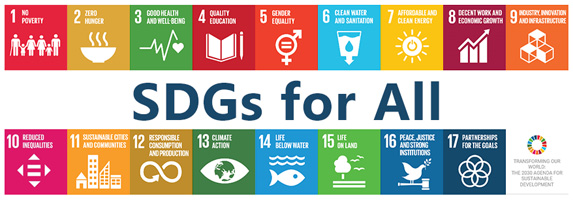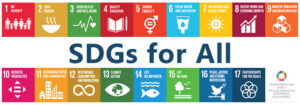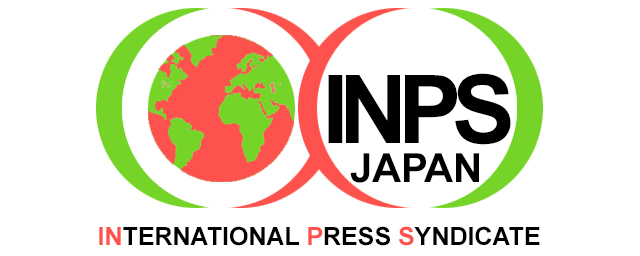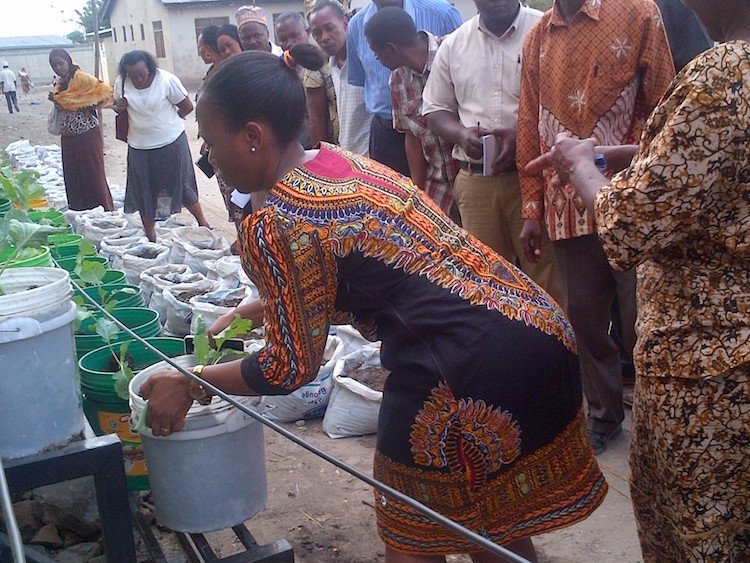By Kizito Makoye Shigela
DAR ES SALAAM (IDN) – The ringing of the bell marks the end of lessons at Hekima Primary School, and for 10-year-old Leila Kitwana and her classmates it signals time to tend the school’s vegetable gardens where students take turns to water vertical gardens through a drip irrigation system using rainwater stored in giant tanks.
“We grow different types of vegetables, they are an important part of our meal,” says Kitwana.
Until recently, most students at this school in the impoverished Tandale area of Kinonodoni district in Dar es Salaam Region had spent more time looking for water than attending lessons. “We had a borehole but the water there was too salty to drink,” explains Kitwana. “We only used it for cleaning toilets.” JAPANESE
Teachers note that an acute shortage of water, coupled with a poor learning environment, had forced many students from low-income families to abandon lessons. But ever since the school adopted the Urban NEXUS approach, which seeks to use water, energy and food resources efficiently and in an integrated manner, the situation has improved remarkably.
Through the Urban NEXUS approach, opportunities are harnessed to link water and sanitation, energy, food and waste, solutions which would have otherwise been missed with a single development application.
Under the Operationalisation of the Urban NEXUS pilot project, sponsored by ICLEI – Local Governments for Sustainability and the German Development Cooperation agency (GTZ) at a cost of Euro 57,000, the Hekima Primary School, along with neighbouring Elimu Primary School, has been able to use available resources more efficiently.
According to Munga Mtengeti, head teacher at the Hekima Primary School, the project has made it possible for the school to reduce fuel wood consumption, obtain access to more water, and grow and use vegetables for the school’s feeding programme.
“We have plenty of water and energy resources now,” said Mtengeti. “Students no longer toil to fetch water and instead spend more time in their classrooms.”
Tanzania’s fast growing urban population presents a huge challenge for the management of water, energy, food and sanitation supply systems, with local authorities often unable to fully exploit the potential of available resources because they plan and manage their affairs along sectoral lines.
The Urban Nexus approach therefore tries to change the manner in which limited resources are used in order to achieve better results through a unified and integrated system.
“We wanted to create a vision for schools so that they can become self-sustained with their own water supply, energy and improved sanitation,” said Sarah Birch, a project manager with ICLEI.
“We have halved the amount of wood used for cooking, doubled the amount of available water in the rainy season, and increased access to food,” she said, adding that “we wanted to ensure that students are well nourished, not only with a humble porridge but also with nutritious vegetable stews.”
Birch said that the primary schools are also setting up a biogas plant which would use a substantial amount of the waste produced in the neighbourhood, noting that “we can create energy from human waste within communities and at public facilities.”
In the face of the growing threat of climate change, analysts say that new Urban NEXUS models are required to reduce the risks and create a future productive and resilient city that can maintain its high contribution to local and national economic development.
Dar es Salaam faces a myriad risks and vulnerabilities, including scarcity of energy and water, poor waste management, poverty and high unemployment rates.
With almost 70 percent of its inhabitants living in informal settlements, Dar es Salaam is highly vulnerable to flooding, especially in densely populated slum areas like Tandale where heavy rains often result in severe floods that force thousands of people from their homes and cause millions of dollars worth of damage.
In crowded communities, schools are ideal places of contact, often serving as hubs for increased resilience during flooding, said Birch.
According to Yohana Mgonja, a Kinondoni municipality official, the experience derived from the school project seeks to serve as a model for other schools and public institutions, while presenting the opportunity for environmental education. “We can inspire community members to do the same if we showcase that this can be done vertically, up walls and in small compact spaces,” said Mgonja.
In fact, he added, many community members pass by to look at the project and ask questions about what they can do in their own homes.
The Urban NEXUS pilot project in Tanzania is part of a larger project which is also being implemented in South Asia. Nashik, the third largest city in Maharashtra state and one of the fastest growing in India – known for its vineyards and grape production – was also chosen as the site of a pilot project aiming to showcase the benefit of an Urban NEXUS approach through identification of the links among the water, energy and food sectors.
The issues of water, energy and food security, and their interrelationships, gained heightened international attention during the United Nations Conference on Sustainable Development (or Rio+20) in June 2012 and played an important role in formulating the Sustainable Development Goals (SDGs).
“Nowadays, with the cumulative risks associated with climate change and resource depletion, cities have to change how they progress, build, develop and plan,” said Satya Narayana, a Najik city council official.
“Figuring out where these opportunities lie, how to grasp hold of them and then how to plan and implement them is really the question that is posing a challenge in many cities,” he added. [IDN-InDepthNews – 17 February 2017]
Photo: Demonstration of maximising resource use. Credit: Kizito Makoye Shigela | IDN-INPS




